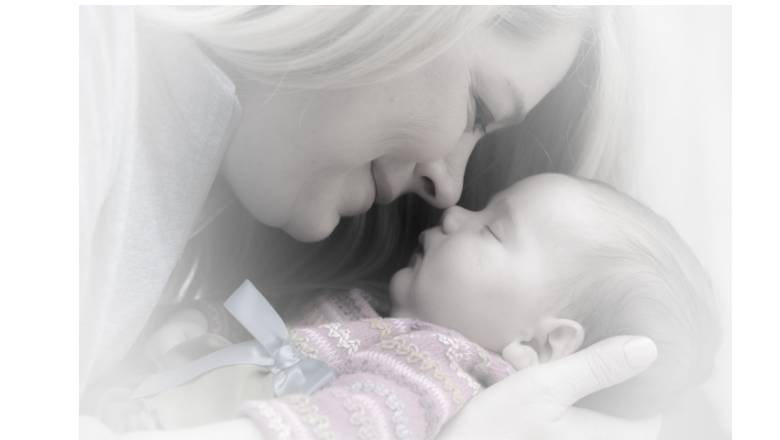Provided by Chiropractic Newsletter Well-Being published by ICPA Inc.,written by James J. McKenna, Ph.D.
The term co-sleeping refers to any situation in which a committed adult caregiver, usually the mother, sleeps within close enough proximity to her infant so that each can respond to each other’s sensory signals and cues. Roomsharing is a form of co-sleeping, always considered safe, and always considered protective. But it is not the room itself that it is protective. It is what goes on between the mother (or father) and the infant that is. Medical authorities seem to forget this fact. This form of co-sleeping is not controversial and is recommended by all.
Unfortunately, the terms co-sleeping, bed -sharing, and a well-known-to-be dangerous form of co-sleeping, couch or sofa co-sleeping, are mostly used interchangeably by medical authorities, even though these terms need to be kept separate. It is absolutely wrong to say, for example, that “co-sleeping is dangerous” when room-sharing is a form of cosleeping, and this form of co-sleeping (as at least three epidemiological studies show) reduces an infant’s chances of dying by one half.
Bed-sharing is another form of cosleeping that can be made either safe or unsafe, but it is not intrinsically one or the other. Couch or sofa co-sleeping is, however, intrinsically dangerous.
Often news stories talk about “another baby dying while co-sleeping,” but they fail to distinguish between what type of co-sleeping was involved and, worse, what specific dangerous factor might have actually been responsible for the baby dying. A specific example is whether the infant was sleeping prone next to his parent, which is an independent risk factor for death regardless of where the infant was sleeping. Such reports inappropriately suggest that all types of co-sleeping are the same (and dangerous), that all the practices around co-sleeping carry the same high risks, and that no co-sleeping environment can be made safe. Nothing can be further from the truth.
One of the most important reasons why bed-sharing occurs, and the reason why simple declarations against it will not eradicate it, is because sleeping next to one’s baby is biologically appropriate, unlike placing infants prone to sleep or putting an infant in a room to sleep by herself. This is particularly so when bedsharing is associated with breastfeeding. When done safely, mother-infant cosleeping saves infants’ lives and contributes to infant and maternal health and well-being. Merely having an infant sleeping in a room with a committed adult caregiver (co-sleeping) halves the chances of an infant dying from sudden infant death syndrome (SIDS) or from an accident.
In Japan where co-sleeping and breastfeeding (in the absence of maternal smoking) is the cultural norm, rates of SIDS are the lowest in the world. For breastfeeding mothers, bed-sharing makes breastfeeding much easier to manage and practically doubles the amount of breastfeeding sessions while permitting both mothers and infants to spend more time asleep.
That the highest rates of bed-sharing worldwide occur alongside the lowest rates of infant mortality, including SIDS rates, is a point worth returning to. It suggests that whether or not babies should bed-share and what the outcome will be may depend on who is involved, under what condition it occurs, how it is practiced, and the quality of the relationship brought to the bed to share. This is not the answer some medical authorities are looking for, but it certainly resonates with parents, and it is substantiated by scores of studies.

